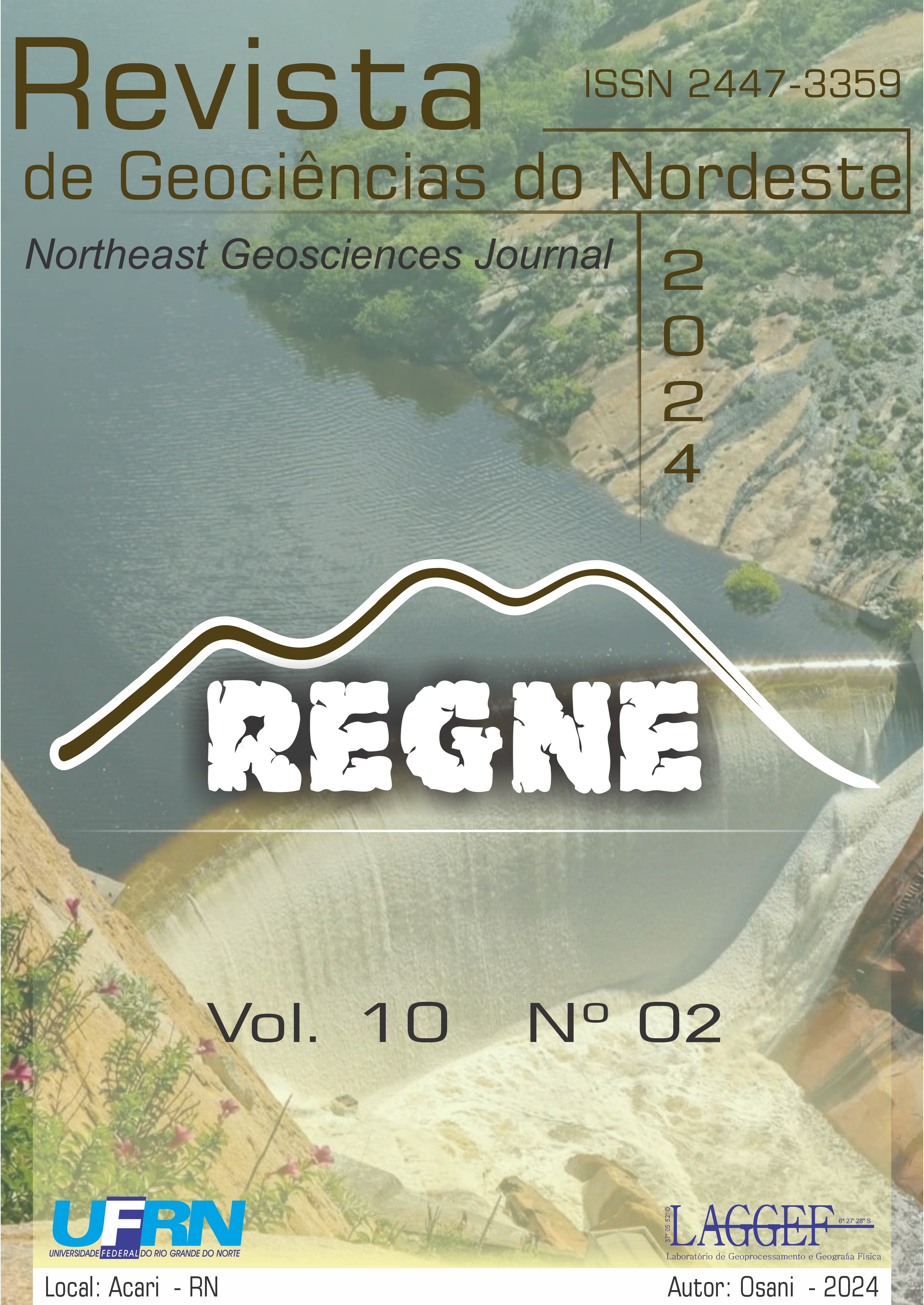Uma abordagem alternativa à previsão do comportamento cisalhante de descontinuidades rochosas utilizando redes neurais de funções de base radial
An Alternative Approach for Estimating the Shear Behavior of Rock Discontinuities by Using Radial Basis Function Neural Networks
DOI:
https://doi.org/10.21680/2447-3359.2024v10n2ID35178Abstract
This paper aims to present predicting models for the shear stress and dilation in rock discontinuities by using artificial neural networks with radial basis functions. These models were developed based on a database obtained from 116 large-scale direct shear tests carried out on different types of discontinuities and boundary conditions. The input variables of the proposed models are the external normal stiffness, the initial normal stress, the roughness of the discontinuity, the uniaxial compressive strength of the intact rock, the thickness and the friction angle of existing infill material, the basic friction angle and the shear displacement imposed on the rock discontinuity. The results have shown that the RBF networks are capable of satisfactorily estimating the shear behavior of rock discontinuities, once coefficients of determination greater than 0.98 were obtained in the training and testing phases. In addition, the performance analyses of the models have shown that they are capable of representing the influence of the input variables on the shear behavior of rock discontinuities. It can therefore be concluded that the models obtained are useful and simple tools for predicting the shear behavior of rock discontinuities.
Downloads
Downloads
Published
How to Cite
Issue
Section
License
Copyright (c) 2024 Notheast Geoscience Journal

This work is licensed under a Creative Commons Attribution 4.0 International License.


 Português (Brasil)
Português (Brasil) English
English







